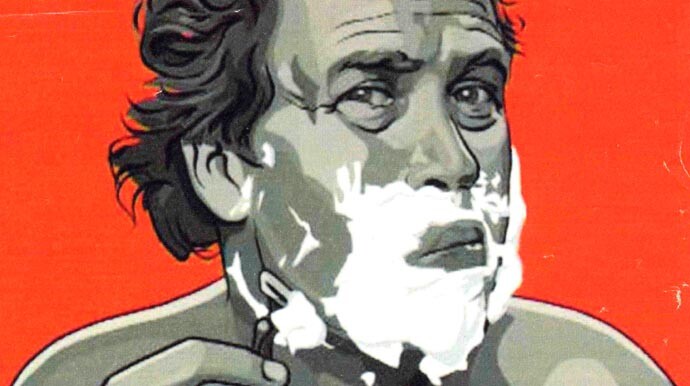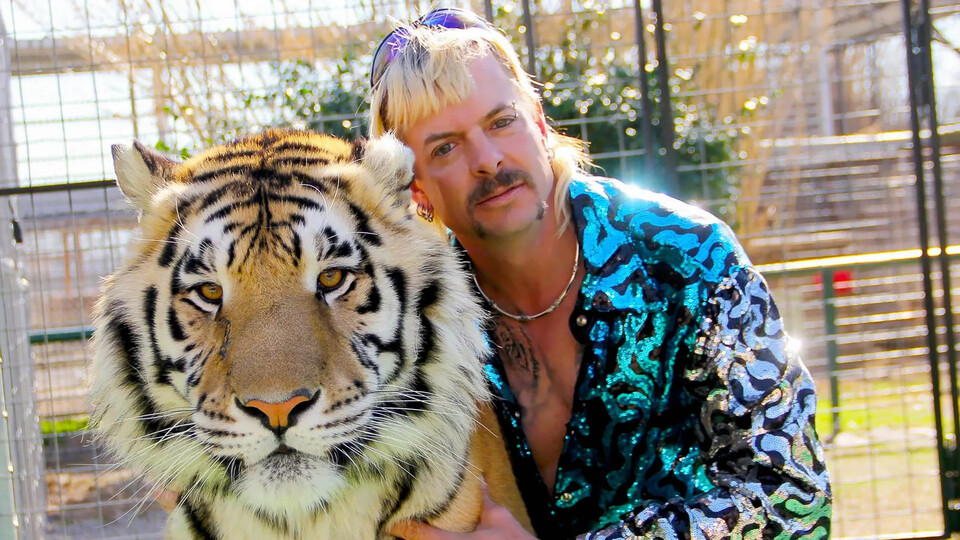Jørgen Leth’s Doc.tionary
WORKING MOTTO
Film is a series of images put together. Not a sequence, not a story, but a series of images, nothing more. The order of the images is less important than the single image. The final consequence of that assertion is that the images may be put together blindfolded. That their order may be determined by means of rules that make allowance for a strong element of chance. Like William Burroughs, I consider chance a great inspiration. I allow chance some leeway in my films, during shootings, but often during editing, too. In various ways, I invite chance to join in the game. Rules provide an important working principle for me. I invent rules. A new set for each film – most often with the purpose of delimitating my technical possibilities. What the camera is allowed to do, and what it is not. What the editing can do, and what it cannot. This restrictive discipline is of crucial importance to my work. It is like making mental optics with which things and events in life may be viewed in a particular way. It is a way to create order out of chaos. It is a frame, a Golden Section that focuses and elaborates segments within brief instants of time. And when everything is in place, the rules are plain and fixed, then the attitude is: Let’s see what happens, e.g. 66 Scenes from America, Life in Denmark, Motion Picture. A series of images – that’s what it is. Each image has its story. Each image is a brief instant of time, framed. Time flows through the image with an effortless ease. We observe every motion, hear every sound. It’s like that. I put the images in order. It becomes an order. And each image is put next to another, is fitted into a pattern. Becomes an addition.
PAN
The landscape is drawn through the field of vision: the billowing sands of the Sahara in optically deceptive light, with the present leaving the frame from the left and the future and comprehension entering it from the right. James Stewart kisses a woman who looks just like a woman who died; the image moves disturbingly into a memory of the woman he once kissed. Pans reveal associations. Some choose frame and tempo. Others choose what the eye may see. A pan must be an almost imperceptible progression from left to right. Unfortunately many people suffer from a compulsion that the camera must move. There is no such natural law. Static images are the best. Pans are displacements of the chosen frame. Very rarely are pans so ingeniously conceived and contrived that they may be described as well motivated. Mostly pans are evidence of a tourist-like enthusiasm for the surroundings or merely a reflection of a kind of anxiety in the face of a steady picture.
EDIT
An edit leads from one space to another. An edit can bring sense to unruly, chaotic material, perhaps rendering it too sensible. Or it may breathe life into something dull. Editing means combining, i.e. imposing yourself on the individual image. Some people aim to edit stories into existence. Others want to preserve the raw power of the material. For some people the process starts at the editing table; for others editing is just a way of putting the material into order. It’s like a trip to the barber: do you want a lot off or just a trim? Whoever undertakes the final cut often possesses the controversial right to define the story.
RAW STOCK
Raw stock is unexposed film. It lives in black paper in metal cans. The assistant cameraman sits down quietly in a corner with his black changing bag and puts the cartridge with the exposed reel and an empty can into the bag. He gazes into thin air without seeing anything, his hands busy in the bag. He pulls out the can of exposed film. He seals it with tape. He puts the new film in. The cartridge emerges and is put into the camera. The cameraman is now ready to expose some more film, i.e. to subject the raw stock to light. Life will be imprinted on the fresh reel. Human movements, the blurred or sharp content of the room will be scribed onto the film. The raw stock will be transformed into exposed negative. Raw stock is highly tangible and magical. All hope may be attached to raw stock. It contains every possibility. The unused film contains the fantasy of furtive signals, unknown meanings. Raw stock rests in a wrapping unsullied by script, set, calculation or zeal.
SEEING
Seeing means choosing a particular lens. Through our lens we frame a section of life. We can stare into space without seeing a thing. We can see a slice of our world on the table in front of us. We can see individual objects: an empty cup, some sheets of paper, a ballpoint, a packet of Marlboros. We see a few words on the page. We can compose our own nature morte. Or we can go out and gather impressions from chaos. The world consists of what we see. We may see a link, an image. Or perhaps we cannot set our eyes on anything that makes an imprint on our retinas. We can choose a view. The inventory of a situation may seem perfectly comprehensible, but sometimes we will not be able to focus on individual components.
(abridged)
ZOOM
Zoom is a disease. You have a picture but you do not want it. You want to change it. You constantly want to change it. It has got to be bigger. Then it has got to be smaller. The frame is fluid. Indecisiveness has become a technique. Choice has been postponed forever.
(published in the Do anthology)


